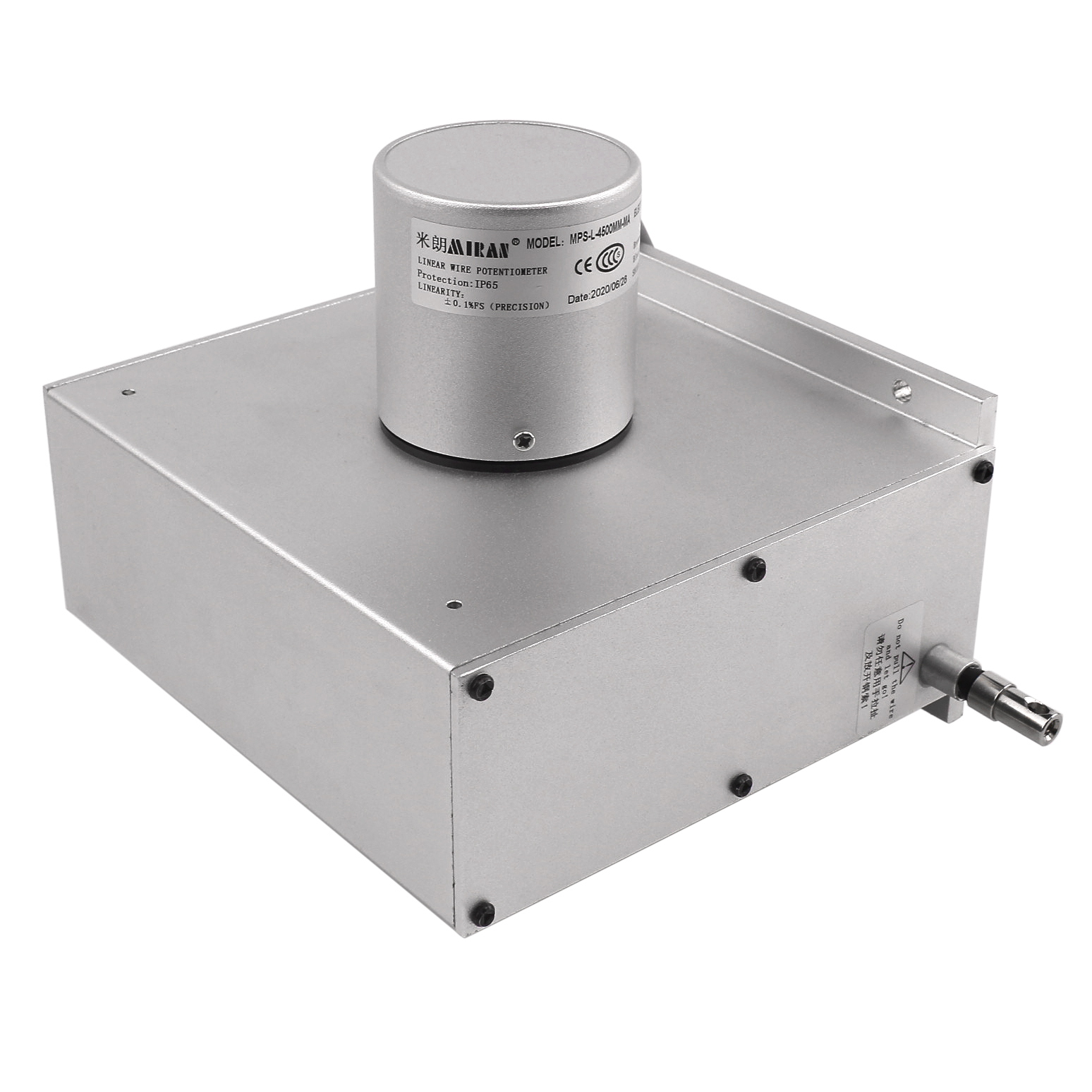
The rope sensor is particularly suitable for linear guide rail systems, hydraulic cylinder systems, testing machines, telescopic systems (forklifts, presses, elevators, pipe bending machines, bending machines, etc.), cranes or cable winches, reservoir dam protection systems, gate opening control systems, testing machine pressure machinery, hydraulic experimental machinery, storage position positioning, pressure machinery, papermaking machinery, textile machinery, metal sheet machinery, packaging machinery, printing machinery, etc, Horizontal control instruments, construction machinery, level control instruments, construction machinery, industrial robots, injection machines, woodworking machinery, elevators, air compressors/hydraulic presses, height machines, X-Y axis and other length displacement related dimension measurement and position control, especially suitable for the control of electro-hydraulic servo hydraulic testing machines. It can completely replace grating rulers, and can be customized for other applications, achieving low-cost and high-precision measurement.

The function of a rope sensor is to convert mechanical motion into electrical signals that can be measured, recorded, or transmitted. The rope displacement sensor is wrapped around a threaded wheel hub with a stretchable stainless steel rope, which is connected to a precision rotary sensor. The sensor can be an incremental encoder, a value encoder, a mixed or conductive plastic rotary potentiometer, a synchronizer, or a parser.
In terms of operation, the rope sensor is installed in a fixed position and the rope is tied to a moving object. Align the axis of the rope's linear motion with the axis of the moving object. During exercise, the drawstring extends and contracts. An internal spring ensures that the tension of the rope remains unchanged. The threaded wheel hub drives the precision rotation sensor to rotate, outputting an electrical signal proportional to the distance the rope moves. Measuring the output signal can determine the displacement, direction, or velocity of a moving object
Common parameters include measurement stroke, output signal mode, linearity, repeatability, resolution, wire diameter specifications, outlet tension, greater round-trip speed, weight, input resistance value, power, working voltage, working temperature, vibration, protection level, etc.